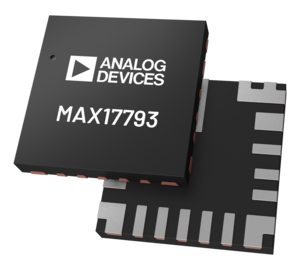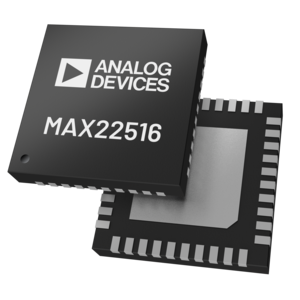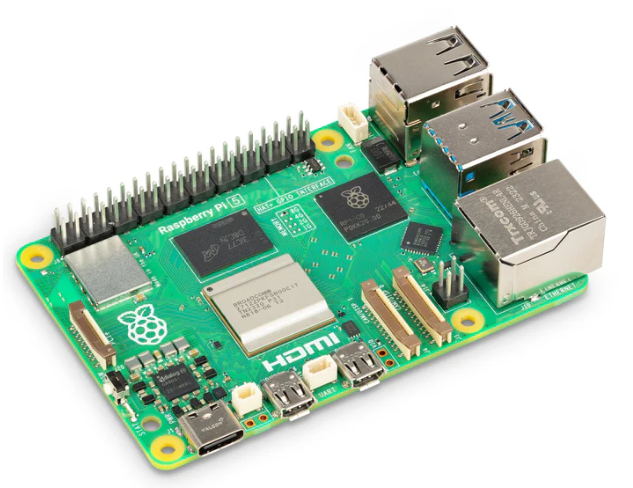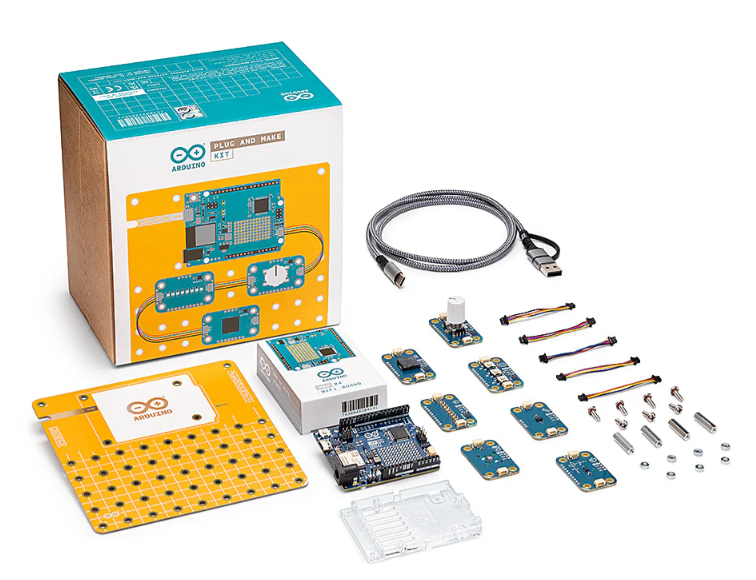How long does an LED bulb last?
LED bulbs became popular due to their energy efficiency and long lifespan. On average, an LED bulb can last between 25,000 and 50,000 hours, significantly outlasting traditional incandescent bulbs which last on average 1,000 hours.
To put this into perspective, a bulb rated for 25,000 hours could last over 11 years if used for six hours a day.
However, there are several factors that contribute to how long an LED bulb lasts. While they are generally known for their longevity, their actual lifespan can vary depending on certain considerations. First, the quality of the components plays a key role. Higher-quality LEDs tend to last longer, while cheaper bulbs often use lower-grade materials that can wear out faster. Second, the operating environment matters – LEDs don’t fare well in excessively hot spaces and may degrade faster without proper ventilation. Unlike incandescent bulbs, LEDs aren’t significantly affected by how often they are switched on and off. Finally, power fluctuations such as voltage spikes can also shorten the lifespan of an LED.
LED vs. incandescent and CFL bulbs
It’s helpful to compare LEDs to other lighting technologies, particularly incandescent bulbs and compact fluorescent lamps (CFLs), to understand why LEDs stand out.
Incandescent (traditional) bulbs were once the standard choice, but they are extremely inefficient. They convert most of the energy they consume into heat rather than light, leading to higher energy consumption and shorter lifespans – typically around 1,000 hours. Because they burn out quickly and use more power, they are now largely replaced by more efficient options.
CFLs were an improvement over incandescent bulbs, lasting between 8,000 and 10,000 hours and using less energy. However, they still don’t match the efficiency or longevity of LEDs, which can last up to five times longer. Additionally, CFLs contain mercury, a hazardous material that requires careful disposal to avoid environmental damage.
By contrast, LEDs are more energy-efficient than both incandescent and CFL bulbs, and they are also more durable. They last longer, reducing the need for frequent replacements, and they when purchased from reputable manufacturers, they contain no harmful chemicals, making them safer for the environment and can be recycled with regular electronics.
Why did LEDs become popular?
LED bulbs became popular mainly because of their energy efficiency and long lifespan. Consuming up to 90% less power than incandescent bulbs and about 20–30% less than CFLs, they help lower energy bills, and the fact that they emit very little heat makes them safer and more efficient overall.
Another reason for their popularity is their versatility. LEDs come in a range of colours and brightness levels, offering flexibility for different lighting needs for household lighting to commercial applications.
LED bulbs in tech and engineering
LEDs are not just limited to lighting. They also play their part in technology and engineering. Their efficiency, durability, and low heat output make them ideal for many applications such as:
- Displays and screens: LEDs are widely used in displays for electronic devices such as smartphones, TVs, and digital signage. Organic LED (OLED) technology takes this a step further by allowing for thinner, more energy-efficient screens with improved image quality.
- Automotive lighting: LEDs have become the standard in automotive headlights, taillights, and interior lighting due to their longer lifespan and lower energy consumption compared to traditional halogen bulbs. Their small size also allows for more flexible design possibilities in vehicle lighting.
- Indicators and status lights: in electronics and machinery, LEDs serve as indicator lights to show operational statuses, errors, or power levels. Their low power consumption and brightness make them ideal for this purpose.
- Engineering instruments and tools: many technical tools, including oscilloscopes, multimeters, and other diagnostic equipment, use LED lights to indicate readings or alert users to changes in data. LED backlighting in these devices is also common for better screen visibility.
- Medical equipment: LEDs are used in medical devices such as surgical lighting, diagnostic tools, and endoscopes due to their brightness, cool operation, and ability to produce high-quality light without emitting harmful UV radiation.
- Communication technology: LEDs are employed in Light Fidelity (Li-Fi) systems, which use light to transmit data. These systems can offer faster data rates than traditional Wi-Fi and have the added benefit of being more secure in specific use cases, such as environments requiring reduced radio frequency interference.
Compared to incandescent and CFL bulbs, LED bulbs offer better efficiency, durability, and environmental benefits. They last longer, reduce energy consumption, and contain no harmful chemicals. While initial costs may be higher, the savings over time make them a valuable investment. Moreover, the use of LEDs extends beyond lighting, playing an important role in technology and engineering applications.

















